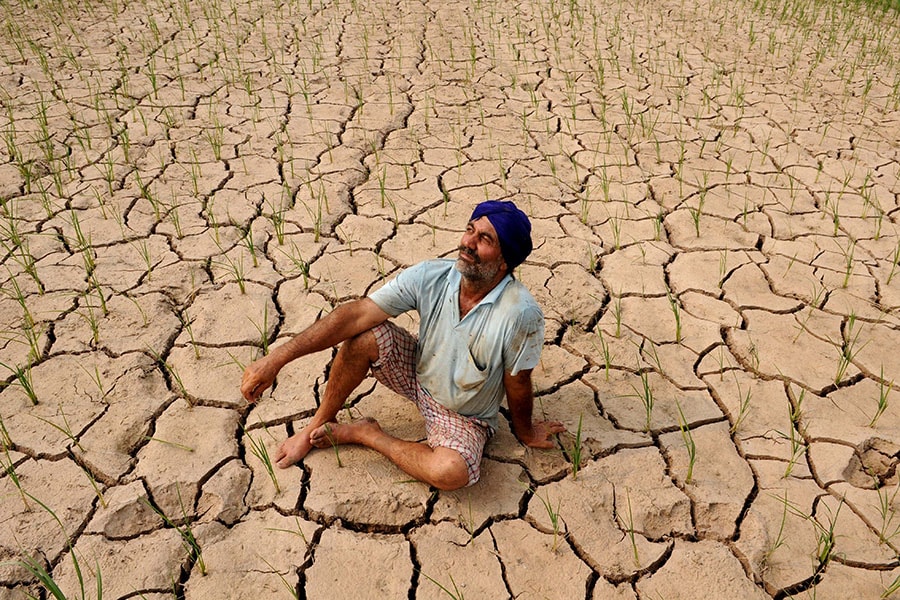
Seeds of Debt: How loan waivers affect the farmers and the economy
Due to recurrent crop losses and increasing costs, farmers take on debt they cannot pay off. The inability to pay debt causes distress and leads to farmers taking on further debt, perpetuating distress and further indebtedness
 Image: Bharat Bhushan/Hindustan Times via Getty Images
Image: Bharat Bhushan/Hindustan Times via Getty Images
India is predominantly an agrarian economy, with more than 45 percent of the workforce engaged in agriculture and allied sectors. However, the country is suffering from an agricultural crisis due to farmer suicides, with more than 11,000 people in the sector taking their own lives in the year 2022 alone[i]. Indebtedness is considered to be the primary reason for this agricultural distress. Governments often waive off the loans and provide fresh credit to alleviate the hardships of indebted farmers.
Despite successive state governments providing waivers of more than Rs2.51 lakh crore between 2012 and 2020, farmers' distress has become more acute in recent years. The sensitive issue of mass suicides by farmers propels the public to demand immediate relief, overshadowing the need for comprehensive solutions to the structural problems of the agriculture sector. Originally, farm loan waivers were given to distressed farmers in extreme drought and flood situations; however, over the years, by increasing their frequency and universalising their distribution irrespective of the level of distress, the benevolent purpose of the scheme has been diluted. It has led to a worsened credit culture in the economy. The issue's prominence is magnified in the light of farmers' protests in India during 2020-21 and 2024.
From emergency measure to election promise: Waivers by the governments
After India's independence, the central government enacted farm loan waivers only twice (1990-91 and 2008-09), whereas the state governments frequently announced loan waivers before the elections[ii]. A performance audit by the Comptroller and Auditor General (CAG)[iii] of the 2008-09 central government's farm loan waiver revealed that the scheme fell short of its aim to relieve farmers' distress. It identified errors of inclusion and exclusion of beneficiaries, i.e., approximately 13.46 percent of eligible farmers were overlooked, while around 8.5 percent of ineligible farmers undeservedly benefited. Additionally, there was tampering or alteration of records, where many farmers were not extended the benefits according to their entitlements. Farm loan waivers have increasingly been politicised at the state level, with political parties competing to promise waiver of agricultural loans during election campaigns. A NABARD-supported study[iv] highlighted that, from 1987 to 2020, 17 out of 21 parties won state elections after promising a farm loan waiver scheme.
Listen: Explained: Why India's farmers are protesting, and a view on how to really help them
Beyond immediate relief: The ripple effects of farm loan waivers
Farm loan waivers demand substantial financial resources, funded from the state budget or through government borrowings. Financing through state budgets often reduces developmental and capital expenditure, impairing asset formation and infrastructure development. Moreover, waivers can exacerbate fiscal deficits and foster inflationary pressures in the economy. Financing waivers through government borrowings increases the yield on state development loans, leading to an overall increase in the cost of borrowing due to higher competition for the finite investible resources and subsequently crowding out private corporate investment[v].
[This article was published with permission from <a href="https://www.imi.edu/" target="_blank">International Management Institute.</a>]







